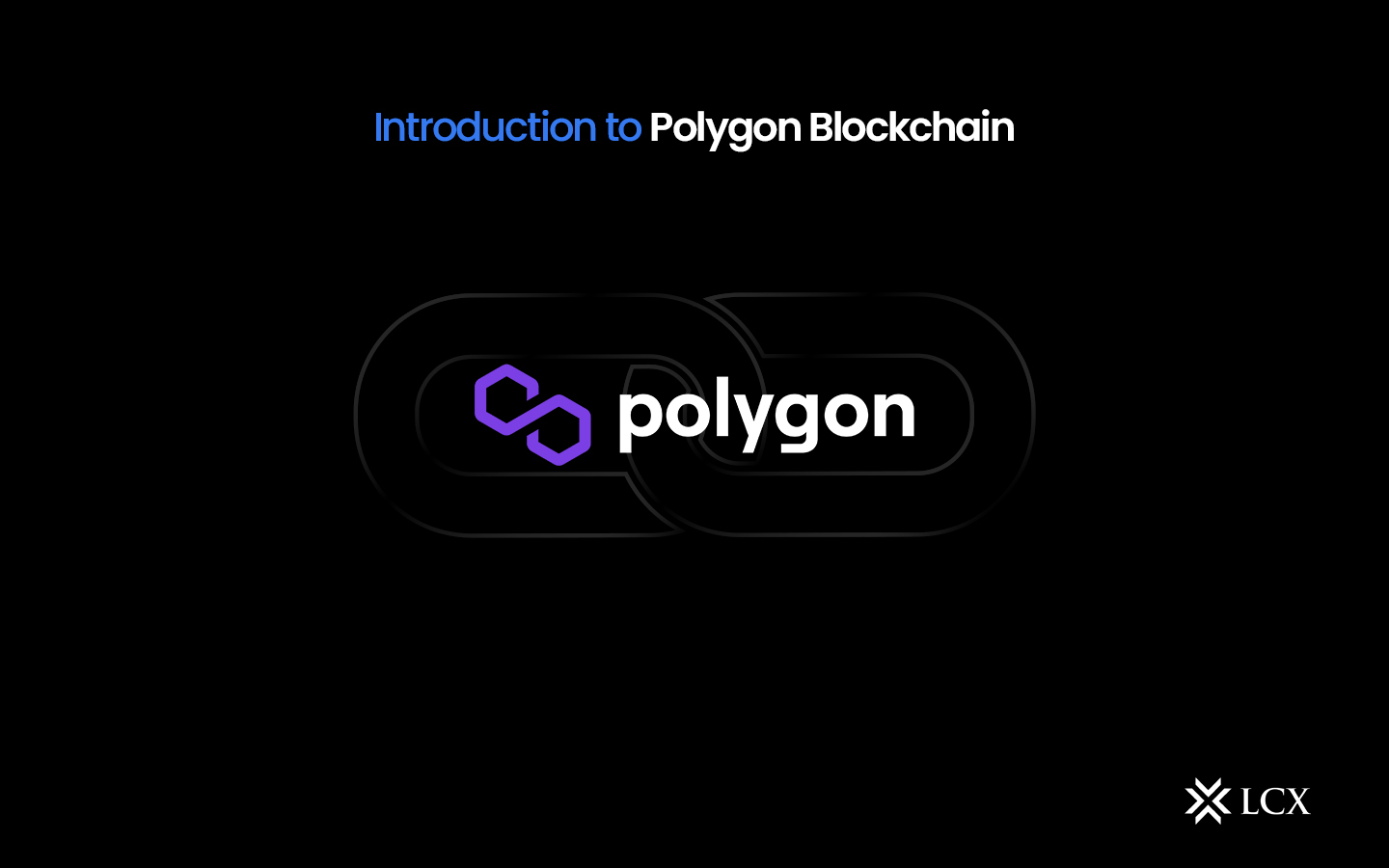
Who Is Behind Polygon?
Polygon, the leading Ethereum scalability project, owes much of its success to its talented and experienced team. Founded in India in 2017 as Matic Network, Polygon was the brainchild of Ethereum developers Jaynti Kanani, Sandeep Nailwal, Anurag Arjun, and Mihailo Bjelic. Jaynti Kanani, one of the co-founders, currently serves as the CEO of Polygon.
Since its launch in 2020, Polygon has attracted major players in the decentralized finance (DeFi) space, including Decentraland and MakerDAO. In February 2021, the project rebranded itself as Polygon from Matic Network. The team raised approximately $5.6 million in ETH through the sale of 1.9 billion MATIC tokens in April 2019.
How Does Polygon Work?
The Ethereum blockchain has a limited capacity for processing transactions, currently at around 14 transactions per second. This limitation, coupled with high gas fees during network congestion, makes Ethereum inaccessible to many users. Polygon addresses these issues by conducting transactions on side chains, significantly reducing gas costs.
With the capability to process up to 65,000 transactions per second, Polygon outperforms Ethereum’s scalability. Users can choose from multiple protocols, including the zero-knowledge (zk) proof variant, to find the most suitable scaling method for their requirements. The result is lower transaction fees, with Ethereum’s average fee being around $15 per transaction compared to Polygon’s pennies.
What Is The Polygon Matic Token Used For?
The MATIC token serves as Polygon’s native cryptocurrency and plays a vital role in the ecosystem. It powers Polygon plasma chains through the proof-of-stake (PoS) consensus mechanism, with MATIC used to pay for all transactions on the plasma chains. As the adoption of Polygon as a scaling solution increases, the demand for MATIC is expected to rise. Additionally, MATIC functions as a governance token, allowing holders to vote on the implementation of different scaling solutions.
With a covered supply of 10 billion tokens and approximately 5 billion in circulation, the MATIC token is available for trading on the LCX Exchange in two pairs: MATIC/LCX and MATIC/EUR.
LCX Announces Polygon Integration
LCX, a prominent player in the crypto world, has recently integrated Polygon into its ecosystem. This development is a significant step forward in LCX’s mission to provide users with a comprehensive and user-friendly crypto experience. More information about the integration can be found on the LCX website.
Conclusion
Polygon has emerged as a game-changer in the blockchain industry, revolutionizing decentralized finance and offering new opportunities for innovation. Its scalability, interoperability, and eco-friendly consensus mechanism make it an attractive solution for developers and businesses. As the world moves towards a decentralized future, Polygon’s impact on the financial landscape and beyond cannot be underestimated. By embracing this technology, investors can unlock efficiency, transparency, and accessibility, paving the way for a more inclusive and decentralized global economy.






